Year-round school misunderstood, could benefit students
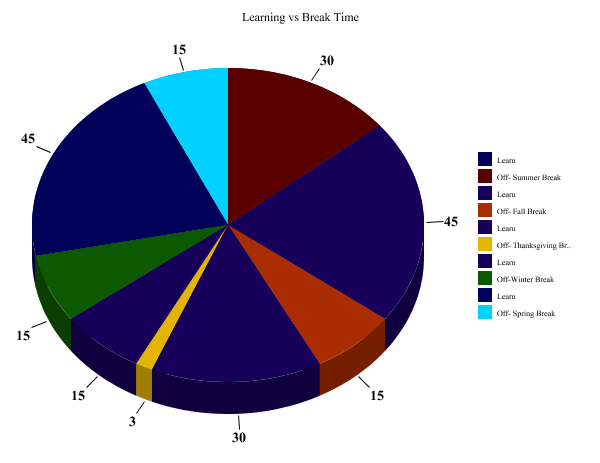
March 5, 2017
Most students experience the “after-summer brain” and remember little from the previous school year, which could be changed with a year round school schedule.
The experience mentioned above resembles a few scenes from the Men in Black, where the neuralyzer (a fictional device the size of a pen that releases a flash) is used to completely wipe days, months-or even years-off the memory of several characters.
When students think of the word “year-round school”, they imagine saying goodbye to winter vacation or summer break , which is pretty scary. However, most year-round schedules that have been implemented continue to run on a 180-day schedule. This schedule is spread out differently: the amount of “break time” is the same, but is cut shorter to optimize the retention of the information taught, and ultimately the achievement of the student.
The “original”, 180-day school year was implemented when the United States was largely an agrarian nation, and children were needed to help out at home or on the farm. Looking around, it doesn’t seem like too many farms are around, so there’s no need to keep this defective schedule.
With so many students experiencing this burnout and forgetfulness, you’d expect the class structure to change, or for the school year to be split differently, but no. Students are bombarded with information for nine months out of the year, and then lay comatose in their bed or play videogames for hours on end for the other three months. This pattern is proven, by many studies, to simply be ineffective.1
Many schools in South Dakota adopted this new schedule several years ago, but nearly half of the schools switched back. The tradition of this school schedule is hard to fight and many district officials from the South Dakota Department of education have stated that :“it’s just too hard to win the cooperation of parents.”
Many students and parents claim that a year-round schedule makes it difficult to schedule vacations and family reunions. On the contrary, shorter, more frequent breaks are more flexible and would make it easier-and possibly cheaper-to schedule vacations: just imagine taking a vacation in the middle of October!
Despite doubts, this “new” schedule has been proven to make students retain more information and reduce the learning loss associated with longer breaks. The schedule is also much more balanced and helps reduce the burnout that plagues many students following a long break.
Teachers also experience burnout and sometimes find it difficult to get back into the school curriculum. Several teachers in Mayfield have confirmed that the longer breaks sometimes get in the way of teaching and often frustrate both the student and teacher when they have to re-learn material.
Chris Torda teaches chemistry and thinks the current school schedule doesn’t optimize the amount of information that his students retain. He said, ”It is frustrating to see students forget so much over break because they know that they shouldn’t have forgotten the material.”.
With the new schedule, this burnout is kept to a minimum: The more frequent breaks associated with the new schedule are easier on the students and teachers, as they have enough time to recuperate and recover without forgetting too much of the information they learned before the break.
The National Education Association supports the schedule and made this statement: “Year-round school allows students to be engaged in their learning for the majority of the year. Although year-round schedules vary from school to school, most students attend classes for 2-3 months at a time, and then have between one and three weeks off before starting the cycle again.”
Junior Jacob Hall said, “the school schedule we have now definitely doesn’t optimize my performance,” as well as, “doesn’t put emphasis on the classes I actually enjoy.” The Warren Consolidated Schools agree, and have stated that a year round school schedule has: “Expanded educational choice options for students”
While this topic is widely controversial, many schools around the world have adopted this new schedule and see improvements in the success of their students. Hopefully, our school district will see the benefits of this schedule and begin the process of changing to give their students a better opportunity for success in-and out of-school.



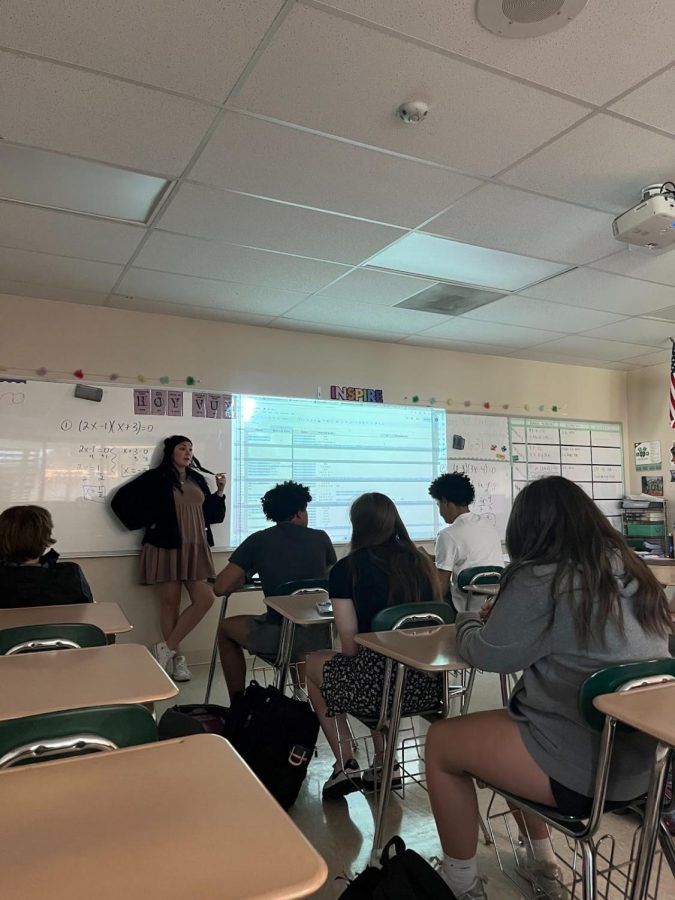
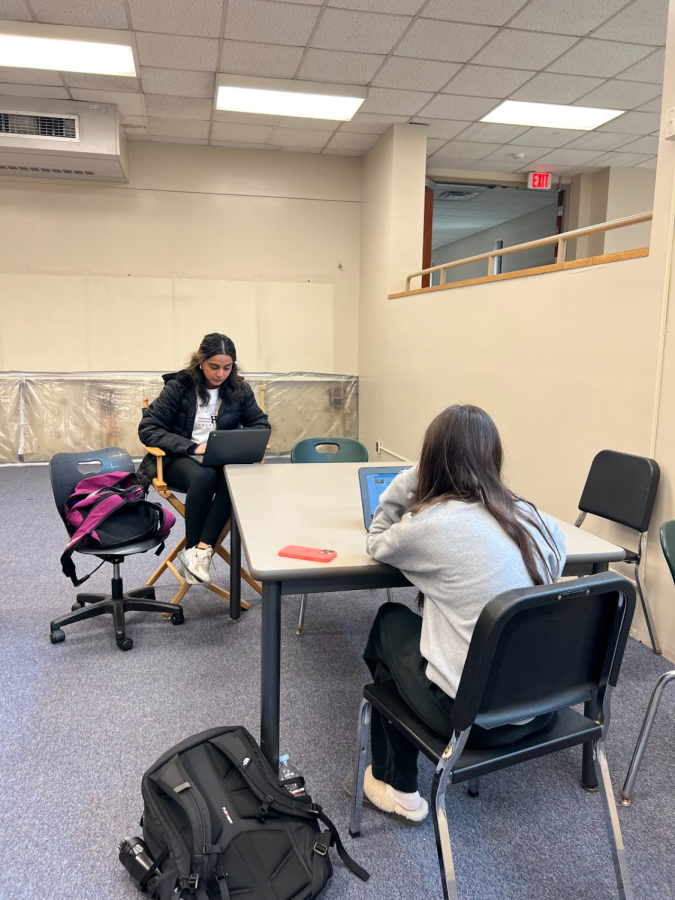








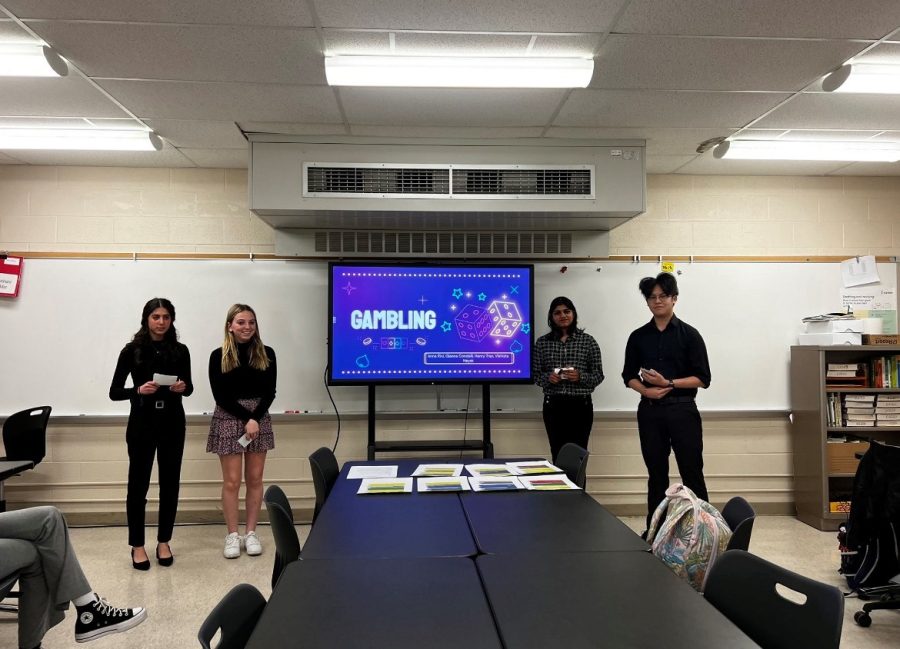

































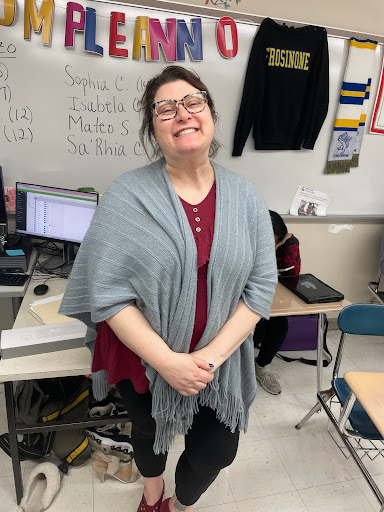





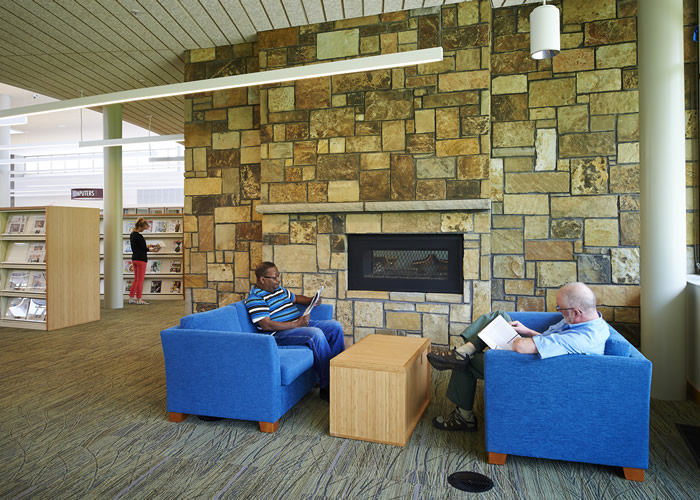
Cathy Frederickson • Feb 17, 2019 at 4:17 pm
I believe year round schools are a great idea. The fact that there would be 15 days between quarters, 5 of those could be used as unified teacher development. I know in my district/building it would be great to be able to collaborate more with the people throughout the district who teach the same disabilities and grades I teach; basic comrade and idea swaps. Five days of uninterrupted contiguous professional development every quarter would be a win-win for all. I know the basic thing I answer when asked “What do you need?” the same answer is time. Count me in on the year round.